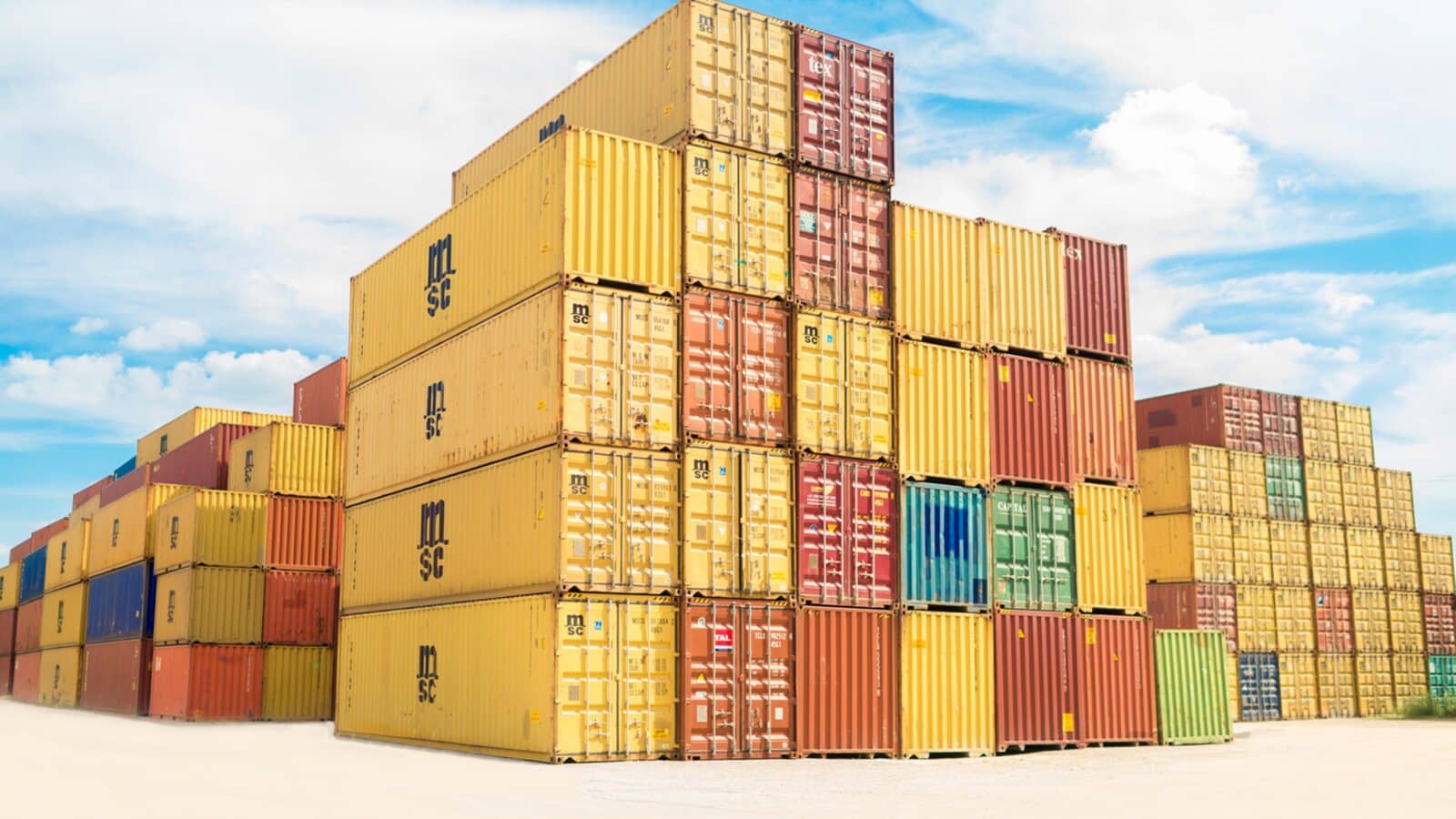As anyone who is involved in the movement of containers through Australian ports would know, charges levied by different parties for handling and storing containers – or landside container freight charges – have increased considerably over the past decade. Today, these charges can exceed road and rail transport charges for many cargo owners.
There are a diverse range of charges applied by different parties across the container freight supply chain. Terminal access charges, formerly known as infrastructure charges, were introduced by stevedores around a decade ago. Initially they were levied as part of broader landside fees and charges but were charged separately by most stevedores from 2017. Empty container park booking/access charges were introduced at a similar time and have evolved on a comparable basis. The drivers of charges and changes to them are complex and include
- competition between freight terminals
- consolidation
- market power of shipping lines, and
- changes in freight operating costs.
Due to the impact these charges can have on supply chains recent charge increases have come under increasing scrutiny, including from governments. Some government bodies have now established voluntary protocols for notification periods and explanation of prices changes in an effort to improve pricing transparency. Port related freight charges are monitored by the Australian Competition and Consumer Commission and are also being considered by the Productivity Commission in its current review of Australia’s Maritime Logistics System.
Despite this – access to up-to-date information can be a challenge, and today there are no readily available composite measures of charges which makes it challenging to examine them over time.
Announcing the Landside Port Charges Index
In response to these issues, we have developed the NineSquared Landside Port Charges Index (LPCI), which aims to provide a readily accessible source of information on national container freight charges and allow charges to be tracked over time. This is the first year of publishing the index with data from 2018 to 2022.



